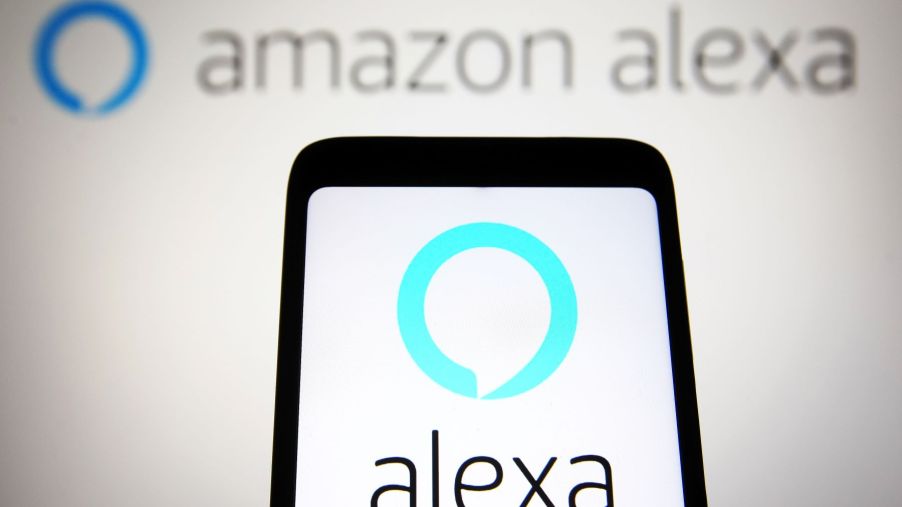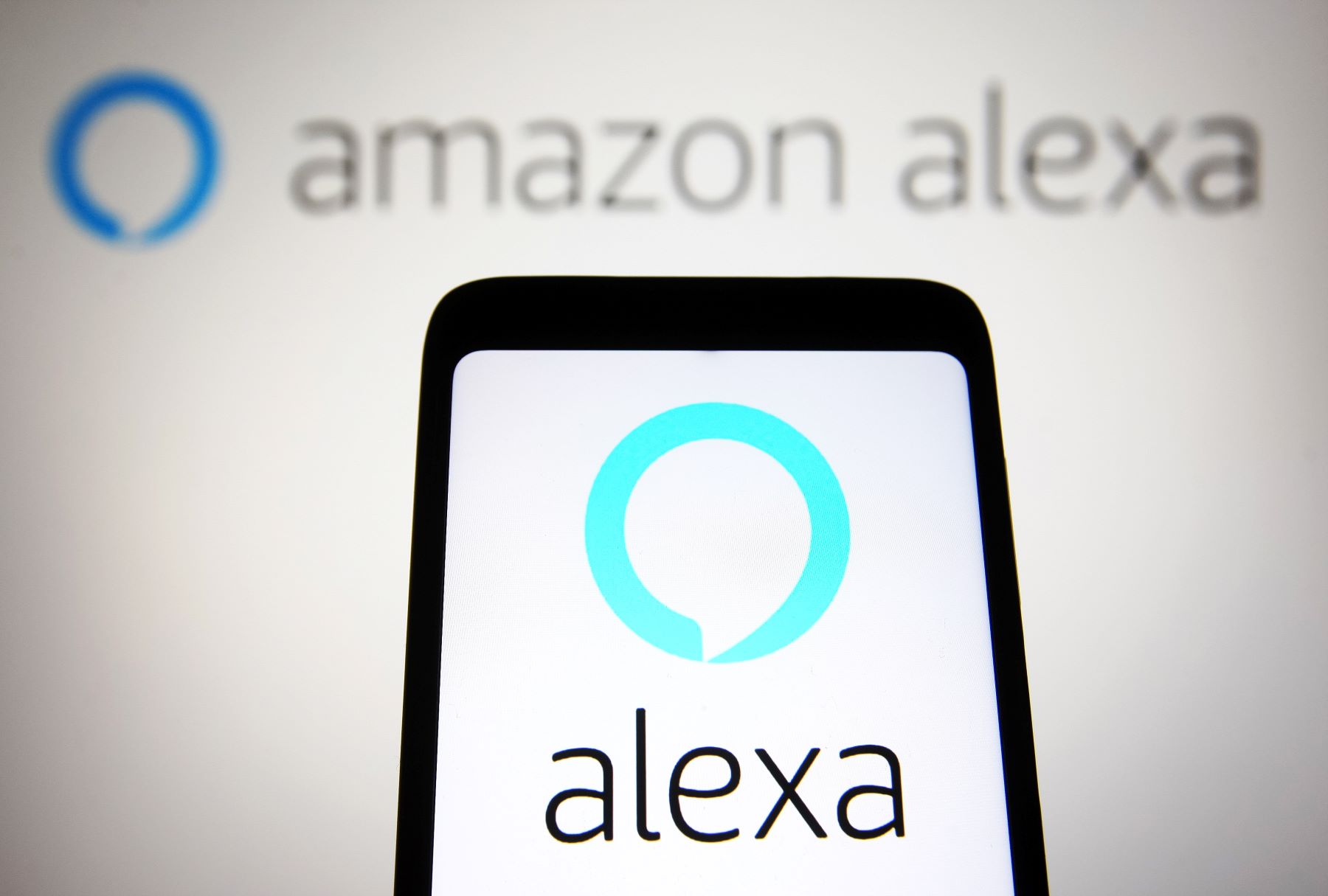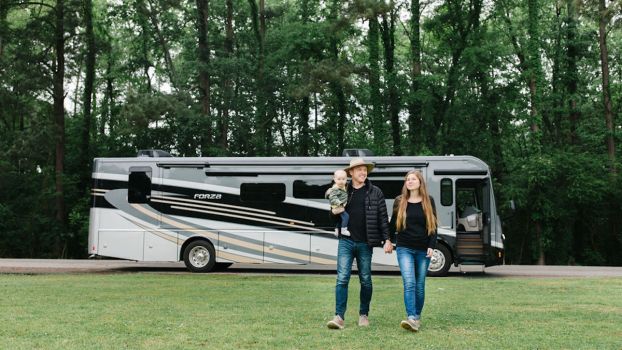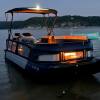
7 Ways Amazon Alexa in an RV Can Make Camping and Cruising More Convenient
Many homeowners, vehicle operators, and even office workers know that having an AI assistant with voice control is more critical than ever. Now RV, camper, Winnebago, and motorhome owners can find out how Amazon Alexa can assist them with their RV outings. So, whether you live in an RV full-time or are a weekend warrior, a voice-activated AI assistant can quickly make your RV comfortable and cozy; here’s how.
What smart devices like Amazon Alexa works with your RV

Amazon Alexa brought the sweet voice of hands-free automation into our homes; now, our RVs can get the same treatment. Upgrading your camper to include automated lighting, awning, digital controls, and voice controls for many objects can be easy—if you have all the right equipment. The first step is to set up a network.
Using your mobile phone to create a hotspot network, or enabling your RVs own hotspot, will get you started on getting Amazon Alexa to work, according to Smart Home Starter. Most technologies that work with Alexa need a Wi-Fi connection to communicate.
The second step is to obtain, or borrow from home, your Amazon Alexa assistant. You can bring your home Echo, Echo Auto, or Echo Show with you or purchase one for the RV. Once the device is plugged in and running, you can create your AI-assisted network.
Choices are limited to your RV plugs, lighting, and electrical system. Additionally, you can obtain carbon monoxide and smoke alarms, cameras, tankless water heaters, entertainment items, streaming devices, appliances, lighting, and more. Then, using the Alexa app on your phone, connect the device and set up how you would like to use it.
Make your RV comfortable automatically
Camp Addict reminds you to make sure you can run all of the appliances and Amazon Alexa or Google Assistant in your RV before setting it up. Then, Marshall Wendler takes you through the steps he had to do to do Alexa work in his solar-powered RV.
Once you have all the logistics, you can begin choosing what to use. Of course, use the alarms first; being safe in the RV is the most important. Some RVs have a digital system you can connect to Alexa to automate, like the Winnebago Class A Journey, saving you some time and money buying plugs and lights.
Installing the following seven smart pieces of equipment will help you create the perfect automated system. Plug your coffee maker into the smart plug, connect Alexa to your smart TV, install smart LED lights, and keep watch outside with smart security cameras and system. Use a smart doorbell and locks to see who is there and stay safe while camping. Install a smart weather station to see what the weather will be like later and before you walk out the door. Lastly, an awning control can help keep you and your RV cool and out of the rain.
Amazon Alexa or Google Assistant?
According to Smarter Home Guide, choosing to run Amazon Alexa or Google Home in your RV will depend on your RV, phone, and personal preference. Both smart hubs have their personality, options for personalization, connection types, and third-party support features. For example, Amazon Alexa has different skills like Amazon package tracking, security settings, custom skills like games, whisper capability, frustration detection, car USB use, location triggers, and music for Apple Music, according to RV Chronicle. On the other hand, Google can stream music, play Chromecast, understand multiple commands, react to a natural conversation, find songs with context clues, change voice actors, and go into night mode. Can’t decide? There is a way to use both on the same network. While they will not talk to each other directly, they can still be programmed to react to your commands as usual!



